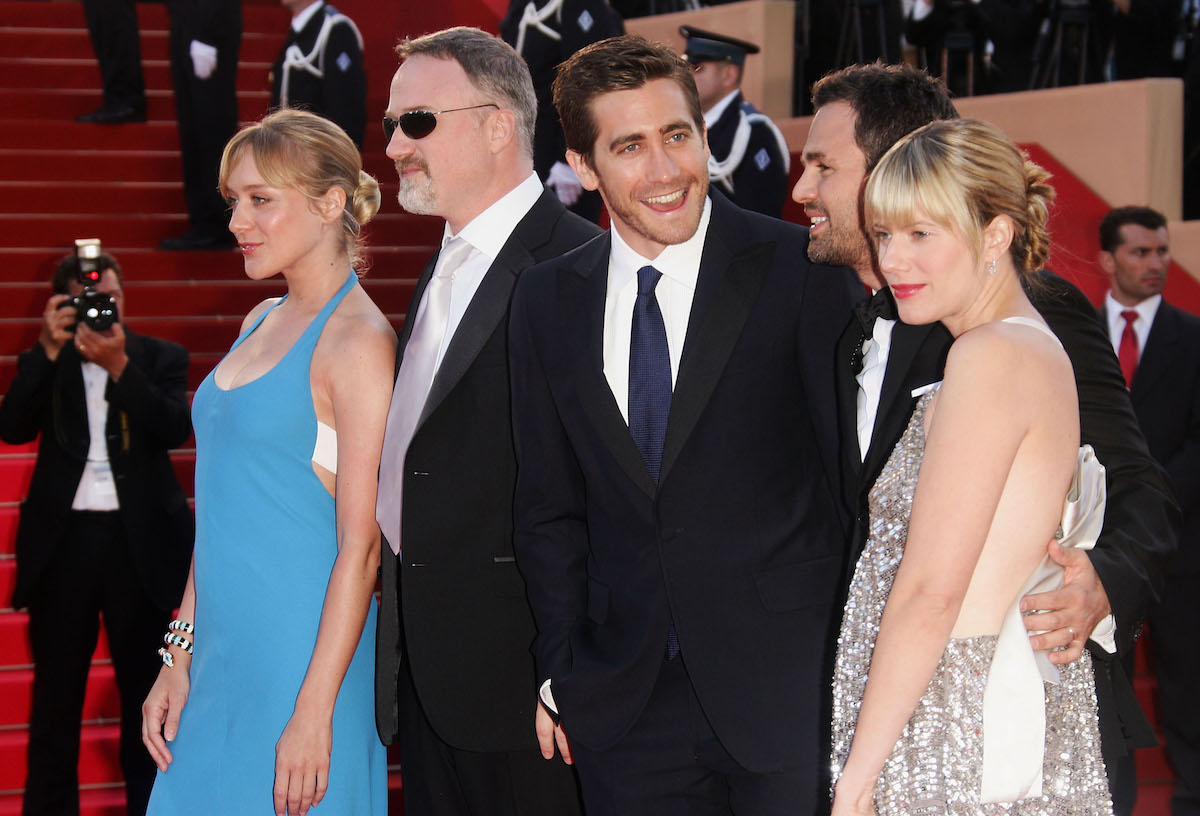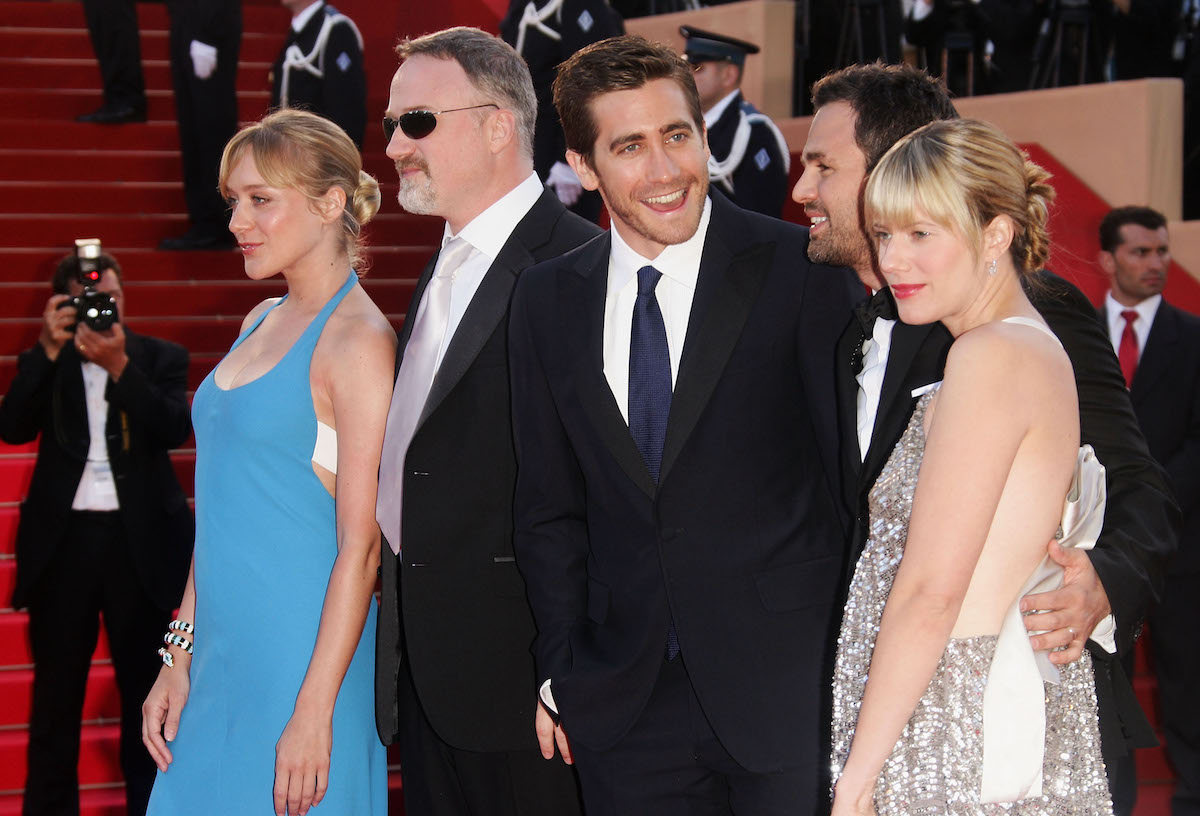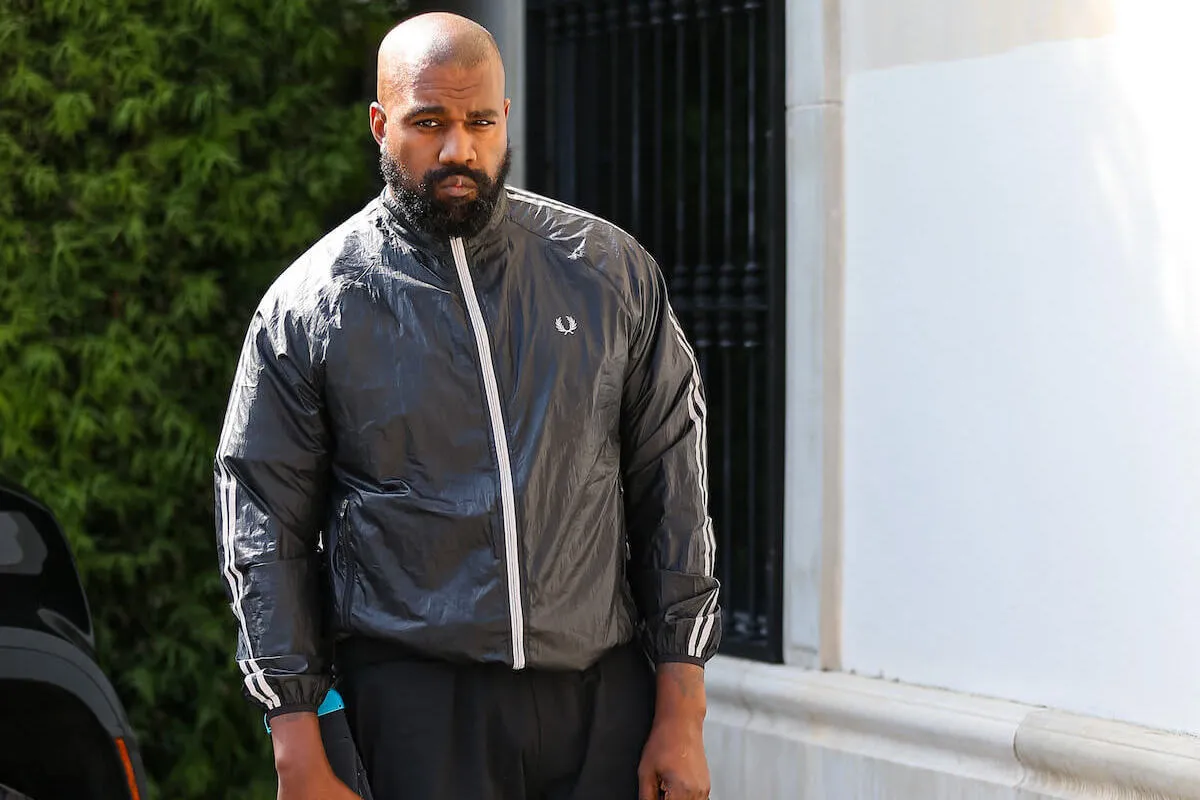
1 ‘Zodiac’ Scene Shows What a ‘Process-Focused Serial Killer’ Wants From Victims, Criminologist Says
We turn to horror as a way to safely examine the darkest parts of human nature from a distance. Movies offer a buffer between the reality of grisly crimes, our fascination with them, and the people who commit them. Sometimes, though, the details in a horror-thriller film become so poignant that they reveal something deeper and darker about the reality of the real-life events that inspired them.
According to a criminologist who has studied the psychology behind serial killers and their motivations, one scene in Zodiac is particularly revealing.
‘Zodiac’ is a 2007 film based on a real-life serial killer

In 2007, the dramatic and mysterious Zodiac hit the big screen. Director David Fincher made it clear that his motivations for creating the film weren’t entirely rooted in entertainment. As someone who grew up in the Bay Area, Fincher was aware of the Zodiac killer’s terror as a child warned about the threat.
As Britannica reports, the “Zodiac Killer” was the moniker for a long-unidentified serial killer responsible for the deaths of at least five people between 1968 and 1969. The killer’s signature included taunting letters to authorities, a brazen, in-your-face highlight of the crimes. To this day, experts continue to argue over whether the Zodiac Killer’s identity was correctly identified and if the Zodiac killer was responsible for other mysterious deaths.
That story is harrowing and, of course, ripe for film adaptations. Dirty Harry famously tackled the tale in a 1971 action film. Fincher was “appalled” at the film’s treatment of the killer and his damage. The director aimed to give a more historically accurate picture of the killings. Zodiac, starring Jake Gyllenhaal and Robert Downey Jr., was critically acclaimed. It even opened up new investigations as fans pushed for more attention to the cases.
The Zodiac Killer was a ‘process-focused’ serial killer
Vanity Fair put together an interview with criminologist David Wilson to discuss how films dealing with the subject of serial killers handle their source material. Wilson tackles the portrayal of serial killers in hit films like Se7en, Psycho, Ma, and No Country for Old Men. Along the way, Wilson takes a close look at Zodiac and explains a key, if chilling, difference between types of serial killers.
One way the FBI categorizes serial killers, according to Wilson, is by their organization. Organized serial killers bring the tools and weapons they need to incapacitate their victims. Unorganized ones tend to use whatever they can find at the moment. Organized serial killers tend to be employed, have a high IQ, and otherwise have the ability to blend into everyday life when they aren’t committing crimes.
Another distinction Wilson makes is between serial killers who are “act-focused” and those who are “process-focused.” Act-focused killers just want the kill. It is the act itself that drives them.
A process-focused serial killer, on the other hand, “is interested in extending the length of time that he has with his victims. He wants to tie them up. He wants to see the fear that they’re experiencing. He wants certain words to be spoken. He wants them to plead for their lives before he kills them.” Wilson connects this to the sexual fantasy of empowerment.
One ‘Zodiac’ scene illustrates the organized, process-driven nature of the serial killer
Using Wilson’s categorizations, it’s clear to see that the Zodiac Killer — at least as he’s portrayed in the film — is a very organized and process-driven killer. One particular scene illustrates this well.
In it, the killer approaches a couple who appear to be on an outdoor date. The killer is dressed all in black, wearing gloves, and carrying his own rope and weapons (all signs of high organization). He is not satisfied with simply killing the couple. Instead, he insists the woman tie up the man before forcing the pair onto the ground, showing them the gun he does not yet use on them, and threatening them with a knife. The fear and toying with his victims are part of the thrill.
Because of this process-driven nature, efforts that victims make (like the male victim in the film) to engage in conversation and show their own humanity can actually feed into the fantasy, giving the killers exactly what they want.


